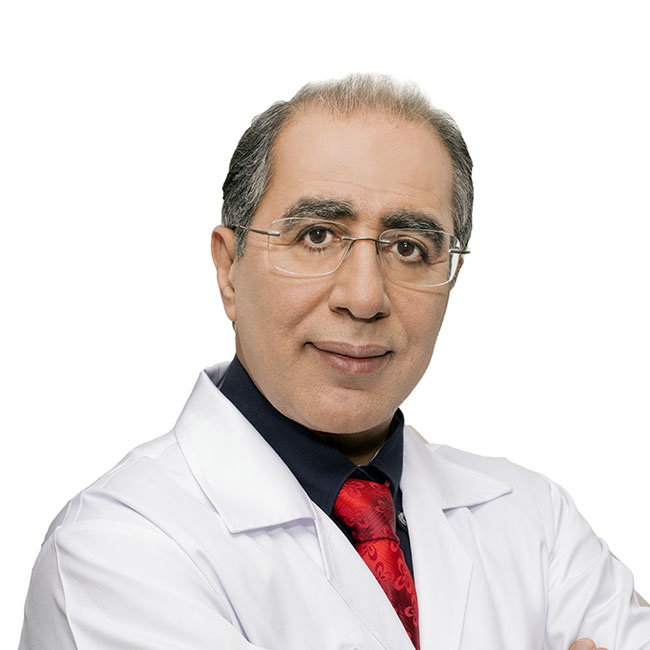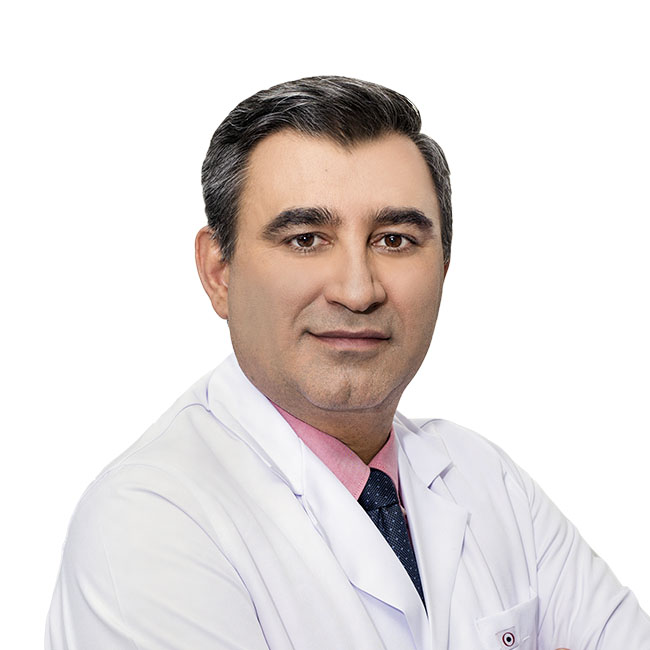Rhinoplasty
Rhinoplasty: The Art of Nasal Aesthetics
Rhinoplasty, also known as nose cosmetic surgery or nose job, is a surgical procedure aimed at correcting nasal defects and achieving a more aesthetically pleasing nose that harmonizes with the rest of the face. This transformative surgery encompasses various techniques, such as reducing nose size, refining nasal tip and wings, and in some cases, using cartilage grafts to augment and enhance specific areas, thereby achieving improved structural strength and overall appearance.
In modern practice, rhinoplasty has become the most common nose surgery in Iran, producing brilliant results when executed with adherence to contemporary surgical principles and when suitable candidates undergo the procedure.
An essential consideration in rhinoplasty is the nose model or desired appearance. Surgeons often encounter patients seeking unrealistic or fashionable nose models, which can negatively impact breathing and lead to undesirable outcomes. It is crucial to avoid undergoing surgery solely based on temporary trends, as the goal should be to achieve a natural-looking nose that complements facial features and functions optimally.
The approach to rhinoplasty also varies based on the individual's nasal characteristics, particularly concerning the thickness of the skin. The nose is categorized as either bony or fleshy, with the latter presenting unique challenges due to thicker skin and weaker cartilage. To create a narrower and more refined appearance in fleshy noses, surgical techniques focus on strengthening the cartilaginous framework and applying pressure on the thick skin.
In contrast, bony noses have thin skin, which requires meticulous attention from the surgeon to create a smooth and symmetrical result, as even subtle irregularities may be visible. However, with precision and patience, beautiful noses that complement facial features and function optimally can be achieved through rhinoplasty.
A common goal of rhinoplasty is straightening the nasal hump, but this requires careful consideration to avoid widening the nose, thereby compromising facial harmony. Skilled surgeons employ various methods depending on the individual's nasal structure to address this concern effectively.
Reconstructive rhinoplasty is an option in cases where the desired outcome is not achieved in the initial surgery or when unexpected complications occur. However, when the surgery adheres to correct principles and the surgeon possesses the necessary expertise, the likelihood of reconstructive surgery is relatively low. Mild appearance defects can be addressed with local anesthesia, while severe visual and functional issues may require additional cartilage from the earlobe or ribs for repair.
The ultimate goal of rhinoplasty is to achieve a natural form, with each patient's criteria for beauty being subjective. The surgeon strives to meet realistic and logical patient wishes while taking into account aesthetic principles.
Rhinoplasty serves various purposes, including correcting nose shape and appearance, fixing structural problems, and resolving functional issues such as breathing difficulties. The duration of the surgery depends on the complexity of changes needed and the chosen technique (open or closed), typically ranging from 1 to 3 hours.
Two primary techniques, closed and open rhinoplasty, are utilized in the procedure. Closed rhinoplasty involves incisions made solely inside the nose, limiting major changes and used for cases requiring minor adjustments. On the other hand, open rhinoplasty involves additional incisions in the columella region (the skin between the nasal cavities), providing direct visualization for more comprehensive and precise alterations to the nose's internal structure.
In conclusion, rhinoplasty is a transformative procedure that requires careful consideration of individual nasal characteristics, surgical expertise, and adherence to aesthetic principles to achieve a natural, aesthetically pleasing, and functionally sound result that complements the patient's facial features.





